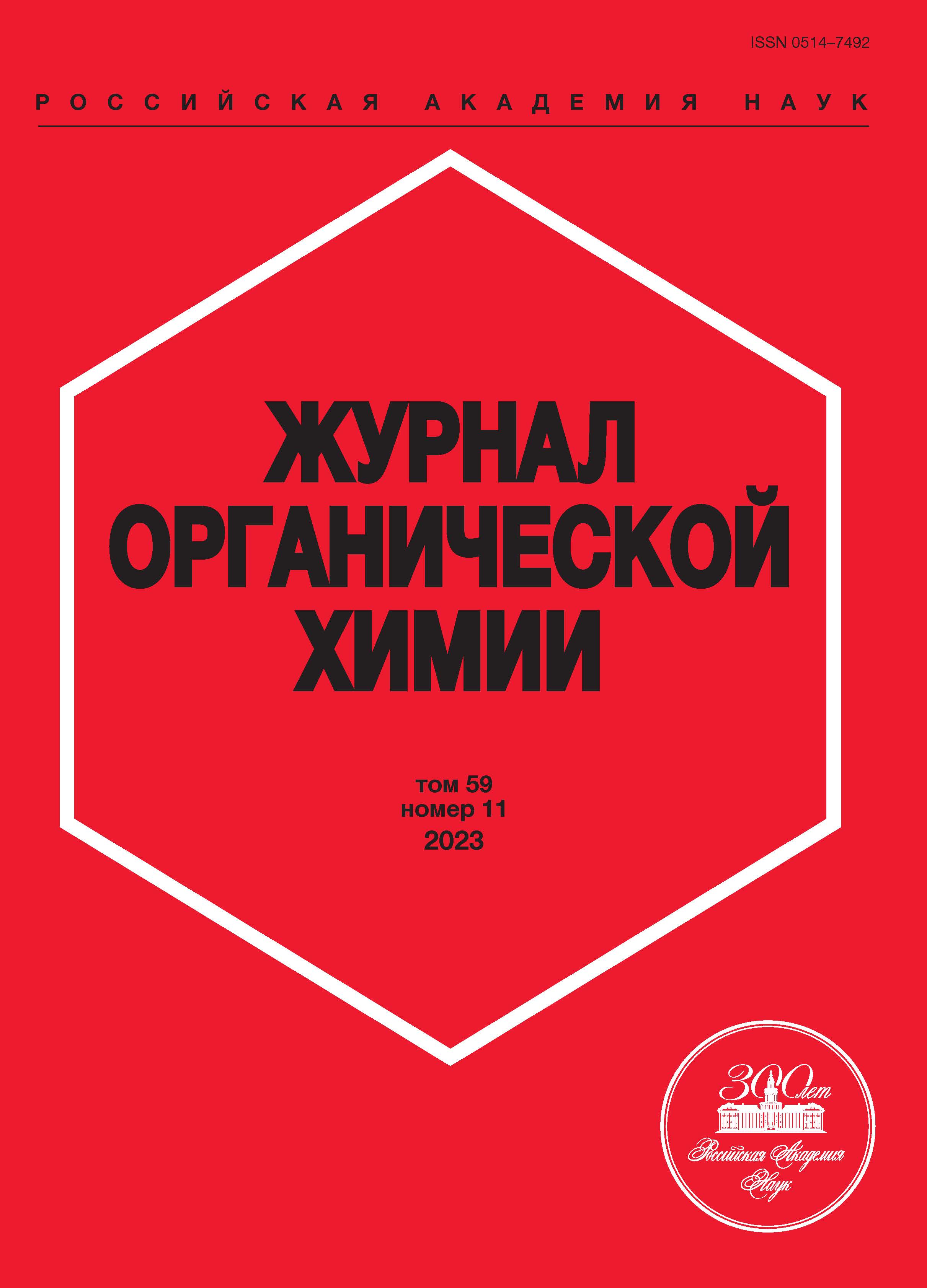Coupled electroreduction of CO2 and H+ in the presence of substituted salts of 2,2'-bipyridine
- 作者: Okina E.V.1, Klimaeva L.A.1, Chugunov D.B.1, Kostryukov S.G.1, Kozlov A.S.1, Tarasova O.V.1, Yudina A.D.1
-
隶属关系:
- National Research Ogarev Mordovia State University
- 期: 卷 59, 编号 11 (2023)
- 页面: 1482-1488
- 栏目: Articles
- URL: https://ter-arkhiv.ru/0514-7492/article/view/667143
- DOI: https://doi.org/10.31857/S0514749223110095
- EDN: https://elibrary.ru/NCIWKA
- ID: 667143
如何引用文章
详细
作者简介
E. Okina
National Research Ogarev Mordovia State University
L. Klimaeva
National Research Ogarev Mordovia State University
Email: l_klimaeva@mail.ru
D. Chugunov
National Research Ogarev Mordovia State University
S. Kostryukov
National Research Ogarev Mordovia State University
A. Kozlov
National Research Ogarev Mordovia State University
O. Tarasova
National Research Ogarev Mordovia State University
A. Yudina
National Research Ogarev Mordovia State University
参考
- Jenkinson D.S., Adams D.E., Wild A. Nature. 1991, 351. 304-306. doi: 10.1038/351304a0
- Weimer T., Schaber K., Specht M., Bansi A. Energy Convers. Manag. 1996, 370020, 1351-1356. doi: 10.1016/0196-8904(95)00345-2
- Liu J.-L., Wang X., Li X.-S., Likozar B., Zhu A.-M. J. Phys. D Appl. Phys. 2020, 53, 253001. doi: 10.1088/1361-6463/ab7c04
- Jessop P.G., Jo� F., Tai C.-C. Coord. Chem. Rev. 2004, 248, 2425-2442. doi: 10.1016/j.ccr.2004.05.019
- Glockler G. Phys. Chem. 1958, 62, 1049-1054. doi: 10.1021/j150567a006
- Tanaka K. BCSJ. 1998, 71, 17-29. doi: 10.1246/bcsj.71.17
- Ren S., Jouli� D., Salvatore D., Torbensen K., Wang M., Robert M., Berlinguette C.P. Science. 2019, 365, 367-369. doi: 10.1126/science.aax4608
- Jin S., Hao Z., Zhang K., Yan Z., Chen J. Angew. Chem. 2021, 133, 20795-20816. doi: 10.1002/ange.202101818
- Zhu D.D., Liu J.L., Qiao S.Z. Adv. Mater. 2016, 28, 3423-3452. doi: 10.1002/adma.201504766
- Alberico E., Nielsen M. Chem. Commun. 2015, 51, 6714-6725. doi: 10.1039/C4CC09471A
- Dong K. Razzaq R., Hu Y., Ding K. Top Curr. Chem. 2017, 375, 23. doi: 10.1007/s41061-017-0107-x
- Qiao J., Liu Y., Hong F., Zhang J. Chem. Soc. Rev. 2014, 43, 631-675. doi: 10.1039/C3CS60323G
- Zheng Y., Vasileff A., Zhou X., Jiao Y., Jaroniec M., Qiao S.-Z. J. Am. Chem. Soc. 2019, 141, 7646-7659. doi: 10.1021/jacs.9b02124
- Boutin E., Robert M. Trends Chem. 2021, 3, 359-372. doi: 10.1016/j.trechm.2021.02.003
- Lim R. J., Xie M., Sk M.A., Lee J.-M., Fisher A., Wang X., Lim K.H. Catal. Today. 2014, 233, 169-180. doi: 10.1016/j.cattod.2013.11.037
- Specht M., Staiss F., Bandi A., Weimer T. Int. J. Hydrog. Energy. 1998, 23, 387-396. doi: 10.1016/S0360-3199(97)00077-3
补充文件









